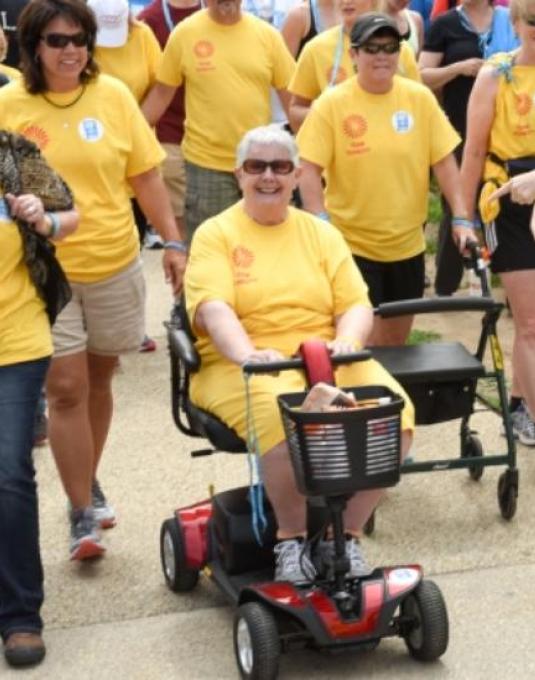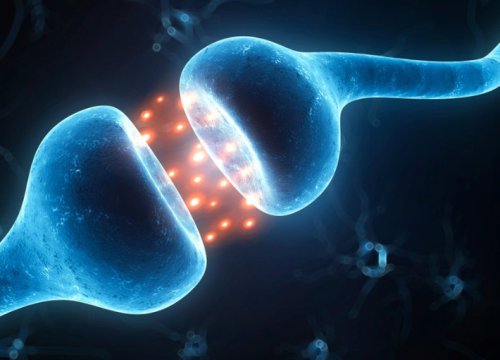Dyskinesia
💡 Quick Summary
-
Dyskinesias are involuntary, erratic movements caused by some Parkinson’s medications, usually levodopa, not by Parkinson’s disease itself. They can be mild or severe, affecting the face, arms, legs, or trunk.
-
Common types include peak-dose dyskinesia (occurs when medication is strongest) and diphasic dyskinesia (occurs as medication starts or wears off).
-
Management involves adjusting medication timing or dose, and medications like amantadine (including extended-release Gocovri) can help reduce dyskinesias without worsening “off” periods.

Dyskinesias are involuntary, erratic, writhing movements of the face, arms, legs or trunk. They are often fluid and dance-like, but they may also cause rapid jerking or slow and extended muscle spasms. They are not a symptom of Parkinson's disease (PD) itself. Rather, they are a complication from some Parkinson's medications.
Dyskinesias usually begin after a few years of treatment with levodopa, the most commonly prescribed PD medicine, and can often be alleviated by adjusting this or other dopaminergic medications (those that influence dopamine-producing parts of the brain). Younger people with PD are thought to develop earlier motor fluctuations and dyskinesias in response to levodopa.
Dyskinesias may be mild and non-bothersome, or they can be severe. Most people with Parkinson’s prefer to be “on” with some dyskinesias rather than “off” and unable to move well. However, for some people, dyskinesias can be severe enough that they interfere with normal functioning.
Types of Dyskinesias
Managing Dyskinesia
The “therapeutic window” describes the period of time when a medication is effective. There is enough medication in your body to control your symptoms, but not too much so that side effects occur. Good medication response occurs within the window — outside the window, you might get motor fluctuations (not enough medication) or dyskinesias (too much). Levodopa therapy is typically the cause of dyskinesias, but other drugs such as dopamine agonists, COMT (catechol-o-methyl transferase) inhibitors and MAO-B (monoamine oxidase B) inhibitors can worsen dyskinesias.
Because dyskinesias tend to occur at peak concentrations of levodopa, one management strategy is to reduce dopamine levels. This can be done with small decreases in levodopa dosage or by removing other dopaminergic medications (such as dopamine agonists, COMT inhibitors or MAO-B inhibitors).
However, as Parkinson’s progresses, if you reduce the levodopa dose, your Parkinson’s symptoms will not be well-controlled. There are currently two medications available to treat dyskinesia, and several in development.
- Amantadine may be added to your medication regimen to reduce dyskinesias without worsening “off” periods.
- The U.S. Food and Drug Administration has approved an extended-release formulation of amantadine (brand name Gocovri) specifically for the treatment of levodopa-induced dyskinesia in people with PD. Other amantadine formulations are sometimes used off-label for dyskinesia.

"While Shirley saw improvements after DBS, she still lives with a myriad of PD symptoms. Shirley also has dyskinesia and lately, a decrease in energy, but she’s doesn’t let any of it slow her down."
Learn More
Read Managing Parkinson’s Mid-Stride: A Treatment Guide to Parkinson’s for more information about dyskinesia, the therapeutic window and motor fluctuations.
Page reviewed by Dr. Kathryn P Moore, Movement Disorders neurologist at Duke Health, a Parkinson's Foundation Center of Excellence.
Related Materials
Pain in Parkinson's Disease
Occupational Therapy and PD
Managing "Off" Time in Parkinson's
Related Blog Posts

Understanding 'Gene Silencing' and Its Role in Parkinson’s and Dyskinesia

